In today’s ski.online training days, we talked about the different movements for learning to ski.
These are the basic movements:
- Diagonals.
- Turn toward the mountain.
- The turn of the valley.
- A sequence of turns (elementary parallel).
Diagonals A diagonal descent is a downhill line perpendicular to the line of maximum incline. This is the first step to real skiing; it is no longer just going downhill, but reaching a predetermined point with the desired speed and trajectory.
Technique Starting from a basic position with your skis parallel and angled, hip, shoulder and foot fastening forward, allow the skis to glide along the desired trajectory.
Assist by actively intervening with the foot to correct the trajectory. Technical notes Ankle and knee joints and torso half-bent; body weight is distributed on both skis with a slight overweight toward the valley.
The skis should always face the mountain and the angle should be maintained at all times in order to set the course without error.
Preparatory exercises
- Perform various diagonals with more and less edge grip.
- During the diagonals, try to lift the ski off the mountain for a moment and try to balance only on the other ski.
- Perform diagonals in both directions, insisting more on the side that is more flawed.
- After initial training, choose uneven slopes with bumps and grooves, trying to maintain the intended trajectory.
Turn uphill Turn uphill allows you to quickly change direction or brake with parallel skis.
From the diagonal, make a bow followed by a mountain stick followed by an extension, while turning with both feet toward the mountain. Return to the diagonal with the bend and complete the turn with the side slip of the skis parallel.
The same exercise can be done from the maximum gradient, with the support of the inner stick proportional to the radius of the turn. In this case, it is better to look for a slope that is not too steep, so that all phases of the turn can be completed without gaining too much speed.
Preparatory exercises
- Perform diagonals without skidding, alternating bending, sticking, and stretching movements.
- The stick should be secured at the end of the flexion and at the beginning of the extension. This gives rhythm to the movements and makes stretching easier.
- Perform the stretch vertically, quickly and decisively, engaging the ankle, knee and hip joints.
- Make sure to turn at the same time as skiing, so that the skis are parallel and our weight is well distributed on the skis.


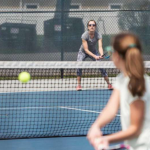
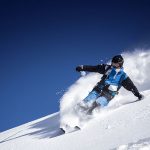



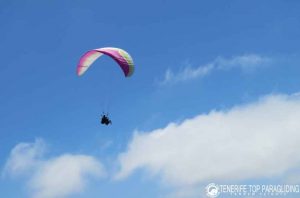
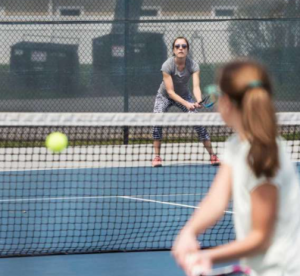
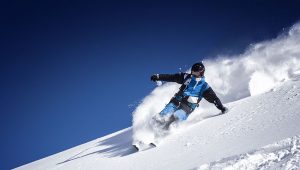

More Stories